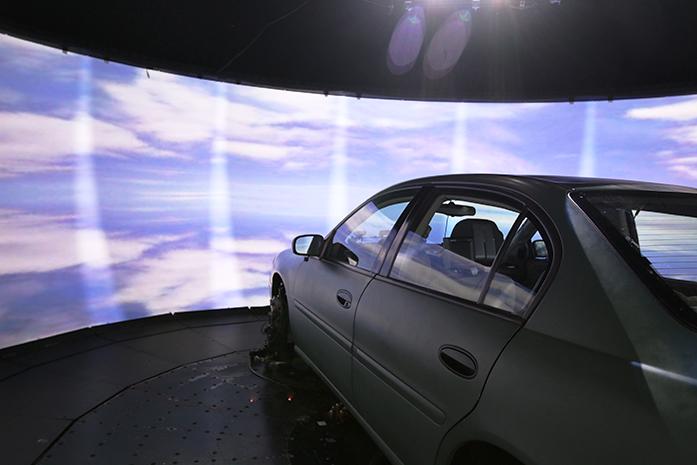Riding in the Volvo XC90 that will be used as a demonstration was alarming but exhilarating. The number of tasks the car can perform is amazing. Sensors scan every direction for cars and pedestrians, allowing it to signal if something is in the blind spots, and it can brake — very smoothly — with traffic ahead, provide a top-down view when in reverse, and park in stalls entirely unaided. It even courteously refused to park in a handicap spot. The sensors were also smart enough to read road signs and adjust speed accordingly. It was honestly disappointing to go back to my own car.
Automated driving is important step, not just for convenience but for safety as well, McGehee said.
“The main issue why automation is so critical to driving safety is that 95 percent of crashes — in which 35,000 people die in the U.S alone — are due to driver error,” McGehee said. “But automation doesn’t get sleepy, doesn’t get impaired or distracted.”
As the technology progresses, it’s going to change how we drive and how we think about vehicles, which some governments are preparing for. McGehee will take a look at some programs, such as Drive Sweden, a 50-year initiative just announced.



